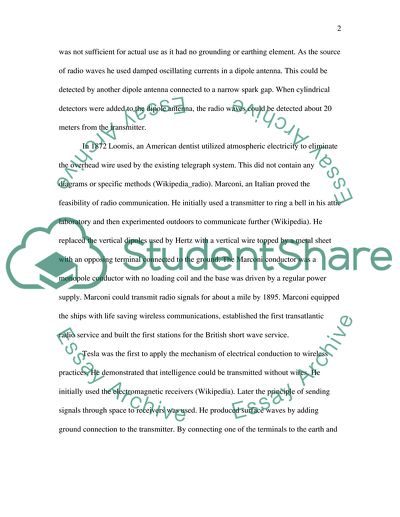Cite this document
(“Radio History and Development Essay Example | Topics and Well Written Essays - 1250 words”, n.d.)
Retrieved from https://studentshare.org/technology/1537857-radio-history-and-development
Retrieved from https://studentshare.org/technology/1537857-radio-history-and-development
(Radio History and Development Essay Example | Topics and Well Written Essays - 1250 Words)
https://studentshare.org/technology/1537857-radio-history-and-development.
https://studentshare.org/technology/1537857-radio-history-and-development.
“Radio History and Development Essay Example | Topics and Well Written Essays - 1250 Words”, n.d. https://studentshare.org/technology/1537857-radio-history-and-development.


